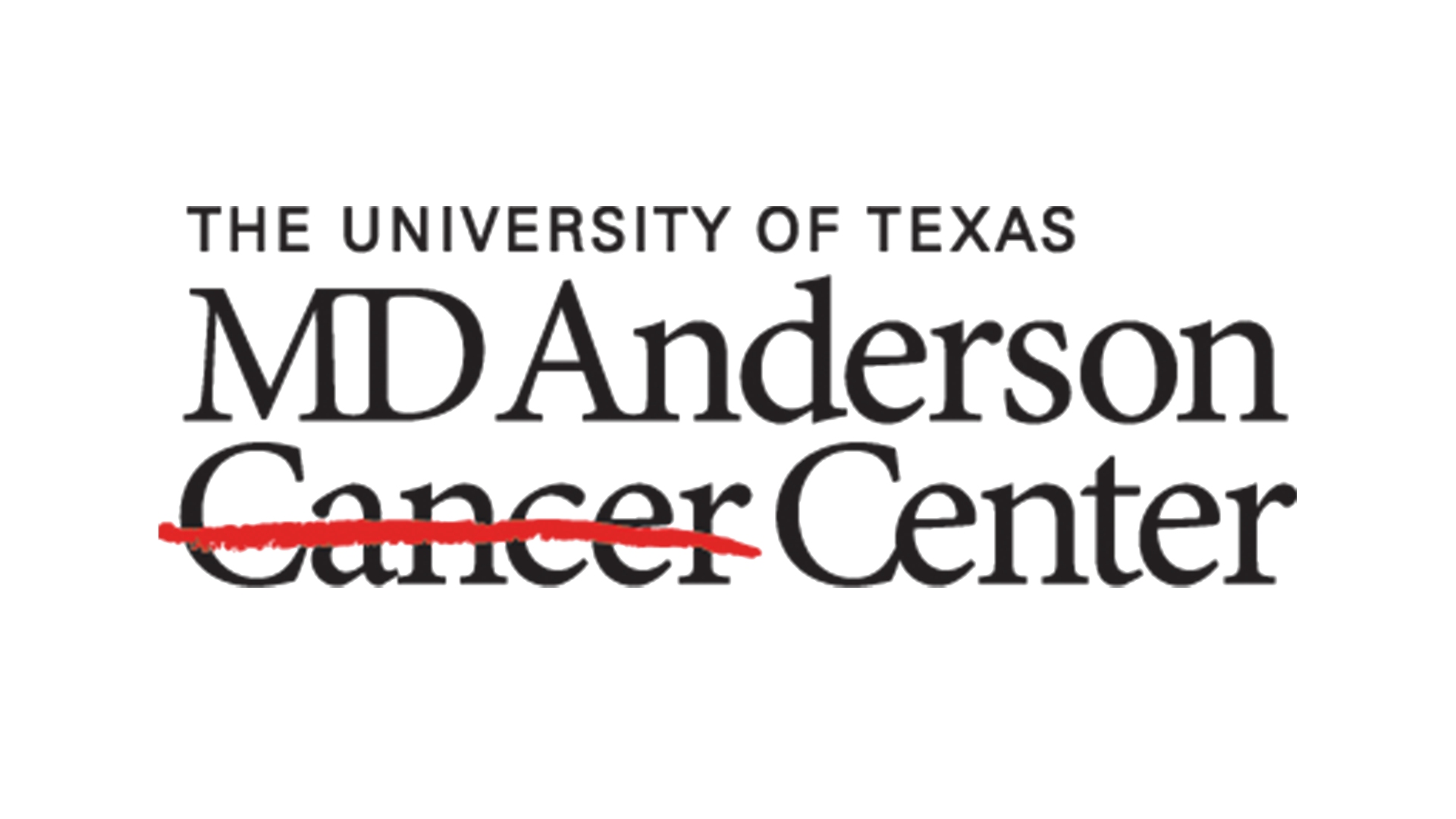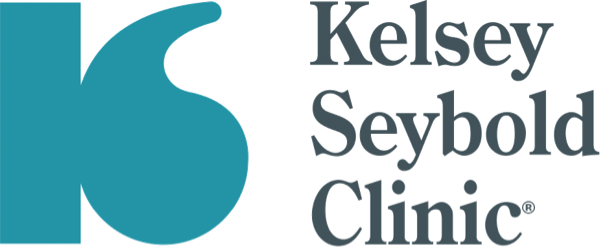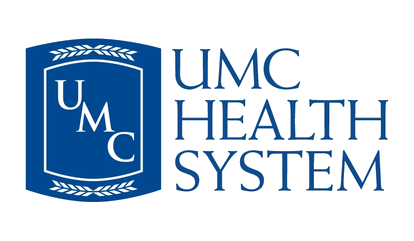The Hidden Costs of Inertia in Hospital Vendor Relationships
Ternio Newsroom Staff | September 2023
In the dynamic landscape of healthcare, where innovation and efficiency are paramount, the choice of purchase service vendors can greatly impact a hospital’s operations, quality of care, and overall success. Yet, the inertia and resistance to change often lead hospitals to cling to bad vendor relationships, inadvertently hindering progress and growth. In this article, we delve into the potential costs of inertia and highlight the missed opportunities for hospitals that remain loyal to underperforming vendors. Let’s explore how embracing change can unlock a world of benefits, improve efficiency, and elevate patient care.
The Price of Inertia
Inertia within hospital vendor relationships can exact a heavy toll. The comfort of familiarity may obscure the potential for improvement, as hospitals become entangled in subpar service, outdated technology, and lackluster support. While loyalty is commendable, staying with a vendor that does not meet evolving needs can lead to:
- Stagnant Efficiency: Outdated processes and tools can hinder operational efficiency. Hospitals sticking with antiquated vendor solutions might experience longer downtimes, slower response times, and decreased productivity, all of which contribute to higher costs and resource wastage.
- Quality Compromises: Inertia can also lead to complacency, where vendors fail to adapt and improve their offerings. Subpar quality of products or services can compromise patient care, leading to potential harm, medical errors, and decreased patient satisfaction.
- Missed Technological Advancements: Rapid advancements in technology provide hospitals with tools to enhance patient care, streamline operations, and reduce costs. Inertia locks hospitals out of adopting cutting-edge solutions that could revolutionize their practices and elevate their competitiveness.
- Operational Bottlenecks: Sticking to a bad vendor relationship may create bottlenecks in the supply chain. Delays in repairs, lack of proper equipment, and inefficient processes can impact the flow of patient care, leading to compromised treatment timelines and increased stress for healthcare professionals.
- Wasted Resources: Loyalty to a vendor that isn’t delivering value can lead to wasted financial and human resources. Budgets are strained, and staff may be forced to make do with inadequate tools, impacting both morale and outcomes.
The Power of Change
Embracing change and being open to new vendor relationships can yield substantial benefits for hospitals:
- Enhanced Efficiency: Partnering with innovative vendors can introduce streamlined processes, cutting-edge technology, and responsive support. This can result in reduced downtime, faster equipment repairs, and improved operational efficiency.
- Improved Quality of Care: A change in vendor relationship can lead to access to higher quality products and services, enhancing patient care and safety. Advanced instruments and devices can contribute to accurate diagnoses, better outcomes, and increased patient satisfaction.
- Adaptation to Industry Trends: New vendors are often more attuned to industry trends and emerging technologies. By embracing change, hospitals can stay at the forefront of healthcare advancements, positioning themselves as leaders in their field.
- Optimized Supply Chain Management: Fresh vendor relationships can enable hospitals to optimize their supply chain management. Timely and efficient equipment repairs, reliable instrument availability, and streamlined processes contribute to smoother operations and cost savings.
- Positive Organizational Culture: Embracing change can invigorate staff and create a positive organizational culture. Empowered employees working with state-of-the-art tools are more motivated, productive, and engaged in delivering top-notch patient care.
In an industry where patient care and operational efficiency are paramount, hospital leaders must recognize the hidden costs of inertia in vendor relationships. Loyalty should not blind us to the potential for improvement and growth. Embracing change can lead to enhanced efficiency, improved quality of care, and a more competitive stance in the healthcare landscape. As C-level executives, supply acquisition/maintenance managers, clinicians, and decision-makers, it’s essential to evaluate vendor relationships critically and be open to change that can propel your hospital toward a brighter, more efficient future.
At Ternio Surgical Restoration, we understand the significance of adaptable vendor relationships. With our suite of surgical device and instrument repair services, we’re committed to helping hospitals break free from the shackles of inertia and unlock a world of possibilities. Contact us today to learn more about how we can partner with you to enhance your hospital’s operational excellence and patient care.



















